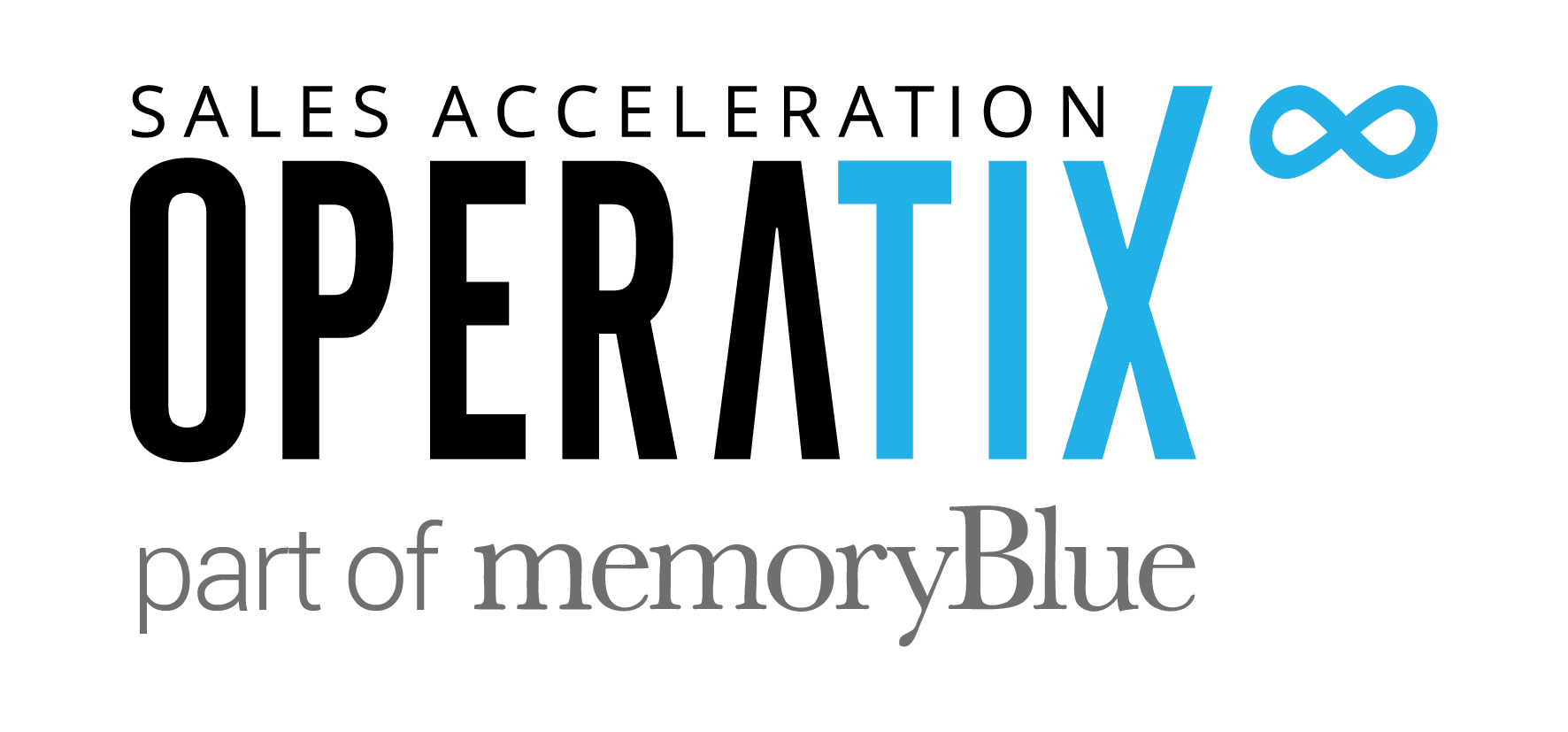“Isn’t it cheaper to build our own in-house sales development team?”
“How would an external, outsourced BDR mesh with our existing, in-house marketing team?”
These are great questions, and Dan has the answers (and more).
This episode we tackle misconceptions businesses have about external BDRs and SDRs. Also, we introduce our new co-host, Dan Seabrook.
Dan is the VP of Sales at Operatix, where he’s been for over 4 years, coaching and developing sales teams. He reports directly to the CEO (our co-host Aurelien Mottier).
Misconception 1: Outsourcing SDR/BDR Teams Is More Expensive
This is a common question we hear:
Isn’t it much more expensive to hire an outside company to do business development?
At first glance, it may appear cheaper to hire and develop your own business development or sales development team. But you shouldn’t simply compare a single SDR salary to the price of an external service.
Here are the other costs associated with hiring sales or business development teams:
- Managing personnel
- 401K contributions
- Target account data collection & analysis
- Time to value: If it takes 90 days of onboarding, training, & teaching an SDR before they provide value, that increases your cost substantially.
- Language barriers — If you have a variety of clients who speak different languages, it may not make sense to hire a single employee who speaks only English. Instead, you need a sales staff that speaks multiple languages.
Other Considerations:
Product-knowledge versus problem-solving: Internal sales team often have a difficult time seeing past their product. They do well with inbound, because someone who has engaged with your company is probably interested in the technicality behind the product.
But in ABM, when you are proactively going after target accounts, especially within the C-suite, you need to be able to discuss issues.
From experience we can tell you this: The C-suite is tired of hearing about products. They want to hear how someone will solve their problems.
Skill Shortage & Scaling Quickly: Often times, our clients aren’t worried about price at all. Their issue is simply finding talent in the geography they need it, regardless of how much they are willing to pay. In tech sales right now, there are lots of jobs, and not enough people to fill them.
Then of course there’s retention. Recruiters will often tell employees they can get a higher increase in pay by switching companies than by internal promotion.
Misconception 2: Sales & Marketing Alignment Is Harder With External Sales Teams
We understand the alignment concern — it’s a hot topic right now.
We think alignment has far less to do with internal vs. external, and everything to do with how aligned a company is from day one.
Here’s how we ensure sales and marketing alignment for our clients:
- Day 1 clarity — We ensure that from Day 1, there is clarity between our clients’ sales and marketing teams. We are typically hired by one team or the other, and the very first thing we do is approach the other side of the coin, and ensure we are all on the same page.
- Define objectives — “It’s about integration into the customer’s objectives,” says Dan. He’s right. An external team should only exist to ensure their customers’ objectives are accomplished.
- Communication — This extends beyond the quarterly, monthly, weekly, & daily, business meetings, because we also know how important the anecdotal is. When we handle sales for a client, we relay back the qualitative feedback we are hearing from their customers.
Misconception 3: Inquiries From Junior-Level Contacts Aren’t Qualified Leads
When we ask our clients what issues they are having with their in-house sales and marketing teams, we often hear this:
Sales: “Our marketing team isn’t sending us qualified leads.”
Translation: Leads from marketing contain leads from junior-level contacts, or others who lack decision-making authority.
Solution: Wholistic outlook, and proactive ABM approach.


Marketing’s goal isn’t the delivery of the perfect lead. It’s to create engagement with a target account
Dan Seabrook
This is a problem we tackle a lot, and here’s how we do it: First of all, only about a max 30% of the time, is an MQL from someone who’s at the right level, at the right time, from the right account. But guess what? 100% of leads give you some sort of information.
Let’s look at an example: Say that here at Operatix, an executive decides we need to to buy a desk. The executive probably isn’t going to be the person making the inquiry — they will likely ask another employee to check on it. The employee will report back to the executive, who will provide additional context/direction, and information will go back and forth, creating a long sales cycle.
However, from a customer service perspective, and from an information-gathering perspective, that junior-level employee is a key player. His or her inquiries tell you that Operatix is interested in a purchase, and now the question is: “Who are the other 5 to 10 people in the company with whom we need to engage to create a sale?”
This post is based on an interview with Dan Seabrook.
To hear this episode, and many more like it, you can subscribe to The B2B Revenue Acceleration Podcast.
If you don’t use iTunes, you can listen to every episode here.




